Discrimination on the Pacific Crest Trail (Class of 2024)
Thousands of people hike the Pacific Crest Trail each year, from all over the United States and the globe. Over the years, the trail has gradually become a more diverse and inclusive space as it has become better documented and more widely known (on this note, be mindful of your trail family).
As part of the Pacific Crest Trail Hiking Survey, hikers are asked whether they experienced (or witnessed) ageist, sexist, racist, homophobic, or transphobic behavior during their thru-hikes – from either their fellow PCT hikers or from people in town and/or met along the trail (e.g., day hikers).
These accounts must be documented and shared to remind those within the thru-hiking community that, although they may not have personally experienced any of this, it still happens to others. Covering your ears and yelling, “I HIKE TO GET AWAY FROM THIS,” “EVERYONE ON THE TRAIL IS SUPER GOOD PEOPLE,” or “I’VE NEVER SEEN ANY OF THIS HAPPEN” doesn’t make it any less true.
As more hiker experiences are documented and the trail community becomes more aware of problematic areas and/or behavior, we can continue to build the long-distance hiking community into the incredible and welcoming place so many of us have had the privilege of experiencing in the past.
Lastly, I recognize that “Discrimination on the Pacific Crest Trail” may not be the most accurate title, as discrimination is only one aspect of the issue. Still, I thought the word discrimination did an adequate job of capturing the sentiment of this article, as opposed to something like “social issues and/or injustices perpetrated on and/or adjacent to the PCT.”
I always welcome constructive feedback on what would make this information more useful, insightful, or otherwise valuable to the thru-hiking community. Comment at the end of this post or get in touch.
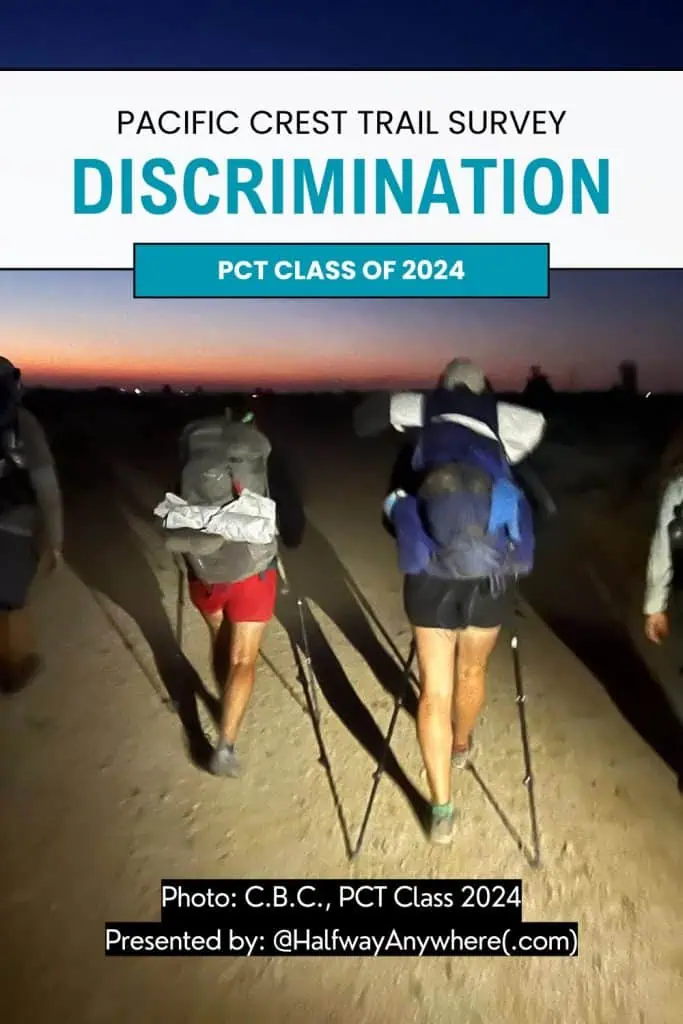
Notes on the Data
- This year, a total of 764 surveys were completed. Hiking next year? Sign up to take the survey here.
- The Pacific Crest Trail and thru-hiking generally use acronyms and jargon. If anything is unclear, the thru-hiker glossary may help. Please comment if you’re still unable to find what you’re looking for.
- I refer to survey respondents collectively as this year’s “class.” Remember, this is a sample (albeit a large one).
The following breakdown shows the percentage of women, LGBTQIA+, and BIPOC hikers who experienced sexism, racism, or homophobia/transphobia on the Pacific Crest Trail. Because the age ranges for people who reported experiencing some form of ageism on the trail varied wildly, the percentages given for this category reflect all hikers.
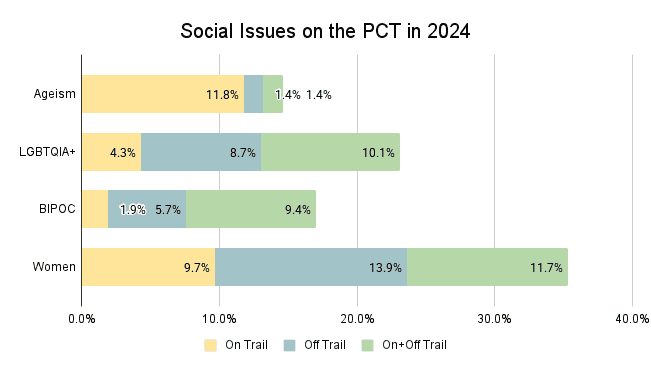
According to the data, people in town were generally more problematic than other hikers, but not by a significant amount (and not in the case of women experiencing sexism and sexual harassment). Here’s a look at the numbers.
Ageism
Overall, 14.6% of hikers reported experiencing ageism on the Pacific Crest Trail, up 2.1% from the previous year. As ageism was reported by hikers of a wide variety of ages, these percentages encompass all hikers.
Of this 14.6%, 11.8% experienced ageism only from other hikers, 1.4% only from people in town, and 1.4% from their fellow hikers and people in town.
The following is a collection of firsthand accounts of ageism on the trail.
- Immediately following my graduation from high school in 2019, I underwent spinal fusion surgery to address severe scoliosis. I regained an inch and a half in height from the correction of the curve and made a complete recovery. Although the hardware installed in my spine (metal rods fastened along my upper vertebrae) enables me to backpack safely after the bone graft set during recovery, I still experience intense chronic back pain. On the trail, many older hikers I encountered responded incredulously to any remark I made about back pain, claiming that I was too young to have any grounds to stand on in the matter. Their jaded refusal to validate a fellow hiker’s experience based solely on age was disgruntling, but that is not what I wish to impart in this example. Instead, I would like this to serve as a reminder that people often endure trials in life that are not immediately apparent. I hope that this inserts a wedge of mindfulness in future interactions, where grace is given to all people on the trail regardless of demographics, because you never know what someone has been through.
- I’m a younger person who hiked significant sections with older hikers (60+), and it was incredible how some groups, especially those of people my age, just flat-out ignored them. At campsites, water sources, rolling into hiker towns, these older women would be invisible to a lot of other hikers. In terms of sexism, I encountered several male hikers who told sexist jokes, questioned the reality of solo female hikers, and engaged in gender essentialism. In town, some of the guys I was briefly with would be happy to let the women in our group do laundry and cook meals when we could, without lifting a finger. I encountered one man who was noticeably angry whenever women challenged him, but never when other men did.
- I don’t think the trail had any more discrimination than everyday life, but it was noticeable at times. Other hikers would make comments about age – I heard both comments about older hikers being past their prime and a danger to themselves, as well as about young hikers being glued to their phones and only climbing mountains to get to service.
- At 60 years old, I encountered many times ‘age discrimination’ by young PCT hikers (which is by far the majority). I understand that many of them didn’t want to be around ‘their father’, but their behavior was nevertheless hurtful and quite often very thoughtless.
- It felt like older hikers were excluded from groups, conversations, and so on. Seemed like some younger hikers were focused on their “tramilies” and ignored, and weren’t interested in older hikers. This was less and less as we got farther down the trail.
Homophobia/Transphobia
Overall, 23.1% of LGBTQIA+ hikers experienced homophobia or transphobia on the Pacific Crest Trail, down 19.1% from the previous year.
Of this 23.1%, 4.3% experienced homophobia or transphobia from other hikers, 8.7% from people in town, and 10.1% from both their fellow hikers and people in town.
The following is a collection of firsthand accounts of homophobia and/or transphobia on the trail.
- For context, I am a queer woman in a relationship with another woman. After half a day of hiking with a man, he learned that I am gay and started spewing homophobic rhetoric at me. He compared my relationship to “the sin of murder”. It took 25 mi / 40 km to find a safe way to create distance. He would not let me drop back or pull ahead. In another instance, a trail angel started sharing homophobic ideas about young LGBTQ+ students. Men (strangers in town) would often ask, “How does your boyfriend feel about you being out here?” Or would say, “You’re too pretty to be doing this.”
- A non-binary hiker and I (cisgender/straight) were verbally yelled at and threatened by a lunatic non-traditional thru-hiker in the Sierra. Although my fellow hiker did not display any outward signs of being in the queer community, this nutjob apparently didn’t like how we looked. Word of this hiker went up the trail for weeks, with people posting his whereabouts.
- Some hikers, widely known to the people on the trail this year, were expressing transphobic statements and threatening to shoot trans people.
- There were a ton of homo/transphobic comments, including some threats to my friends from other hikers.
- I am a female-presenting individual and was hiking with some non-binary folks on the trail. I was sometimes disappointed by how hikers and folks in town treated them. If I had a dollar for every microaggression I’ve felt or witnessed, I would be a wealthy woman. However, it was less than in non-trail work environments I’ve seen in the past, so there’s some context there.
- The homophobia I witnessed was a hand-written sign on the bathroom at Hikertown instructing “gays go find another place to pee.” I don’t know who placed it there, but I found it repulsive.
- I was stuck in a hitch with a guy going on a religious rant about gay people because he saw the rainbow flag on my hat.
- One hiker starting talking about the ‘gay agenda’ after I mentioned my same-sex partner.
Racism
Overall, 17% of BIPOC hikers experienced racism on the Pacific Crest Trail, down from 22.5% the previous year.
Of this 17%, 1.9% experienced racism from other hikers, 5.7% from people in town, and 9.4% from both their fellow hikers and people in town.
The following is a collection of firsthand accounts of racism on the trail.
- My first week on the trail, I had another hiker follow me for several days and ask inappropriate questions (for example: “Do your parents let you only date Asian people?”). It was a significant source of stress trying to avoid him for the rest of the hike. By the time I had reached Kennedy Meadows I had met exactly two other Asian women on trail, and at Kennedy Meadows I had people mistake me for both of them, which sucked a little. Oh, and coming out of Kennedy Meadows, another hiker asked me whether I was Native American because “I walked fast” (I am not at all ethnically ambiguous, sorry). It would sometimes rub me the wrong way whenever people would say that the trail was so welcoming. While I met some awesome people and would not trade the experience for anything, I hope people can keep in mind that not everyone is having the same experience as you. Ask yourself why the trail is super white, even though California is a majority-minority state. Numerous factors enable the thru-hiker demographic to hike while mostly feeling safe, while many other factors make it difficult for others to feel safe or welcome outdoors.
- When I arrived at the southern terminus, there were a bunch of migrants who had just entered the country, lined up being talked to by border patrol. The driver/owner of the shuttle said something like “and that’s where all our tax dollars go, they just get given money to fly anywhere they want in the US”. Since I’m not from the US, I’m not familiar with the truth of this statement, but it was said in a disapproving tone. I found it sadly ironic to look down on people trying to better their own lives at significant risk when we’re standing at the same border, simply because we’ve chosen to take six months out of our everyday lives to go on a nice walk.
- Myself (Hispanic) and an Asian hiker friend got glares and funny looks from the old white men in one of the early resupply shops, which is documented heavily by other hikers in the FarOut App.
- I got a hitch with an African American hiker, and the guy giving us a ride was a hardcore Trump supporter and was spewing some racist garbage at us. Another woman who gave us a ride said some blatantly racist stuff about black men for no reason.
- While getting a hitch with an international Asian hiker, driver asked if her trail name was “chink”.
- While hitchhiking, the driver made some untoward comments about Indian people and Arab people whom they came into contact with frequently during their work in Yosemite Valley. It was racism in the form of stereotyping.
- There was some not-so-subversive messaging from other trail hikers regarding racism. It was also striking to see the disparity between brown and black hikers and white hikers, especially in trail families.
Sexism/Sexual Harassment
Overall, 35.3% of women experienced sexism or sexual harassment on the Pacific Crest Trail, down from 53.1% the previous year.
Of this 53.1%, 9.7% experienced sexism or sexual harassment from other hikers, 13.9% from people in town, and 11.7% from both their fellow hikers and people in town.
The following is a collection of firsthand accounts of sexism and/or sexual harassment on the trail.
- I was stalked on the trail by another hiker. I experienced a lot of casual sexism from both hikers and people in town, especially in the form of condescending advice or simply disregarding my knowledge and abilities. I was consistently catcalled when in towns — this became somewhat of a given. Some people assumed that I always needed help (was a “damsel in distress”) simply because of my age and/or sex. Many of the towns are very, very small, so except that if the topic comes up, you are very likely to find that many people in town are racist, sexist, transphobic, xenophobic, and generally conservative. That’s not to say that they aren’t kind, generous, and accommodating toward hikers; just assume that if the topic comes up, it might become an uncomfortable situation.
- As a woman, I heard several comments from locals about how they would never allow their daughters to do a hike like this, or how it must be hard to keep up with the guys in my group. There are also several conservative-leaning towns. The trail in general is extremely white, with very few people of color.
- When they found out that I was married and hiking solo, many men (both hitches and hikers) asked, “Your husband let you come out here by yourself?” or “Why isn’t your husband here?” Never heard any men get this question about their wives. Also, particularly in the desert, when I’d see men periodically either in town or at a campsite, they’d be surprised to see me and would ask if I’d skipped any sections or taken any shortcuts. I was a redliner through the end of California, so it was really annoying, and I just started saying, ‘No, I’m just faster than you think I am. Just because I’m a woman doesn’t mean I’m slow.”
- One hiker in particular that I could not get away from for weeks was the most loudly misogynistic 30-year-old American man I have ever come across on a long-distance trail. Loud and proud, he was. No one else checked him, and the other men around him would stoop to his level of maturity whenever he was around. It was insufferable and felt very locker roomy. There were also some off-hand sexist comments by older hikers and townies here and there.
- A “trail angel” who was running shuttles around the Julian/Warner Springs area thought it would be ok to put his hand on my shoulder and run it down my back when he greeted me. Needless to say, I did not accept a ride from this man. He did the same to another female hiker. It made us incredibly uncomfortable, and we relayed this event to other people to warn them to avoid this man.
- One specific hiker who hiked with my tramily had a reputation on the trail for making women uncomfortable and crossing boundaries. Every female I was hiking with complained about him being creepy towards them before we asked him to stop hiking with us.
- Weird comments from older male trail angels/comments on me being an attractive young woman who “shouldn’t be out here alone,” etc – also vlogged my journey on social media, and there was an incredible amount of sexism online.
- That local guy who sells weed in Idyllwild, the one who puts up the posters, hit on me in town, and then insinuated that I should buy condoms while I’m in town so I don’t have “a trail baby”. I’m a happily married lesbian.
| On Trail | Off Trail | Total | |
|---|---|---|---|
| Ageism | 11.5% | 3.8% | 12.5% |
| BIPOC | 5.1% | 21.3% | 22.5% |
| LGBTQ+ | 20% | 32.8% | 42.4% |
| Women | 35.5% | 40.3% | 53.1% |
Other Notes from Hikers
I believe it is important to note that many negative hiker experiences on the trail are related to “trail angels” or people they encounter while hitchhiking. Remember that trail angels are just ordinary people who happen to be by the trail. No one vets them, and them being “trail angels” doesn’t automatically translate to them being good people.
The following are a few more notes from hikers that didn’t fit nicely into any of the headings above.
- Trail families often felt like high school cliques. They rarely socialized with people outside their clique. I would greet a trail family on the trail, and they wouldn’t return my greeting or make eye contact with me. Often, I would befriend a solo hiker on the trail, but as soon as their trail family caught up (such as in town), the cliquishness would occur, and the hiker I befriended would act as if I didn’t exist, with no introductions to their peers. In normal society, this would be considered rude, as the person would most likely introduce me to their friends instead. However, on the PCT, everyone reverts to high school culture. I would say this behavior started up around Idyllwild once people settled into their cliques. Before that, people were more open to strangers. Ageism may also be at play, as many cliques are comprised of people in their 20s.
- Prejudice existed on the trail, just as it does everywhere in the world. Prospective hikers should be aware that the PCT is predominantly a white trail. In my experience, only about 5% of hikers on the trail this year were people of color, including both domestic and international folks, and I don’t believe I met a single Black hiker this year. That certainly doesn’t mean bigotry was rampant on trail, but it’s a good thing for people of color to know upfront when deciding to thru-hike.
Support the Survey
Every year, I get a lot of people asking how to support the surveys. Beyond sharing them with your close-knit bubble of weird hiker friends, the best way to support the survey is to contribute via Patreon. You’ll get access to exclusive posts, discount codes, live streams, and super, extra cool stickers so that everyone will know how cool you are.
If you’re not into Patreon, that’s cool; you can Venmo @halfwayanywhere, Cash app $halfwayanywhere, or PayPal moc.erehwynayawflah@tcatnoc
This is not expected. The data collected in the survey will always be free and accessible to everyone who wants/needs it. Your support is much appreciated and helps pay the website (and survey) bills.


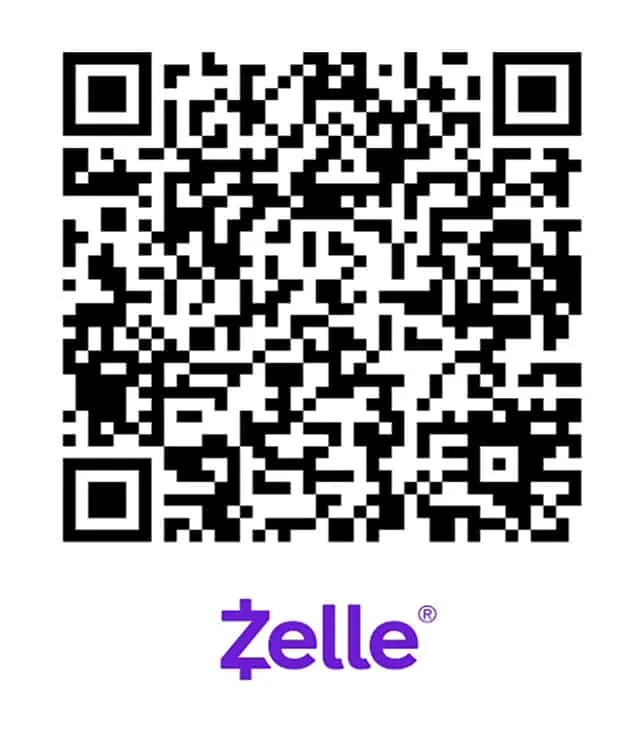
Pacific Crest Trail Survey Collection
Final Thoughts
As stated above, this is a new addition to the Pacific Crest Trail Survey. Hopefully, there will come a day when these accounts along the PCT are so negligible that the survey cannot measure them meaningfully.
In the comments section where the above stories are pulled from, I also got a few misguided responses, such as, “We are going through small towns; can’t expect perfection from the townsfolk.” Let’s be clear: asking people to be decent human beings and to have respect for everyone regardless of who they are is not asking for perfection; it’s asking for the bare minimum. Living in a rural community does not give someone a license to be a bigot.
If you have any thoughts on how this data could be better summarized or used, please let me know.
For now, I hope what I was able to capture from last year’s class helps to shed some light on issues in the trail community.
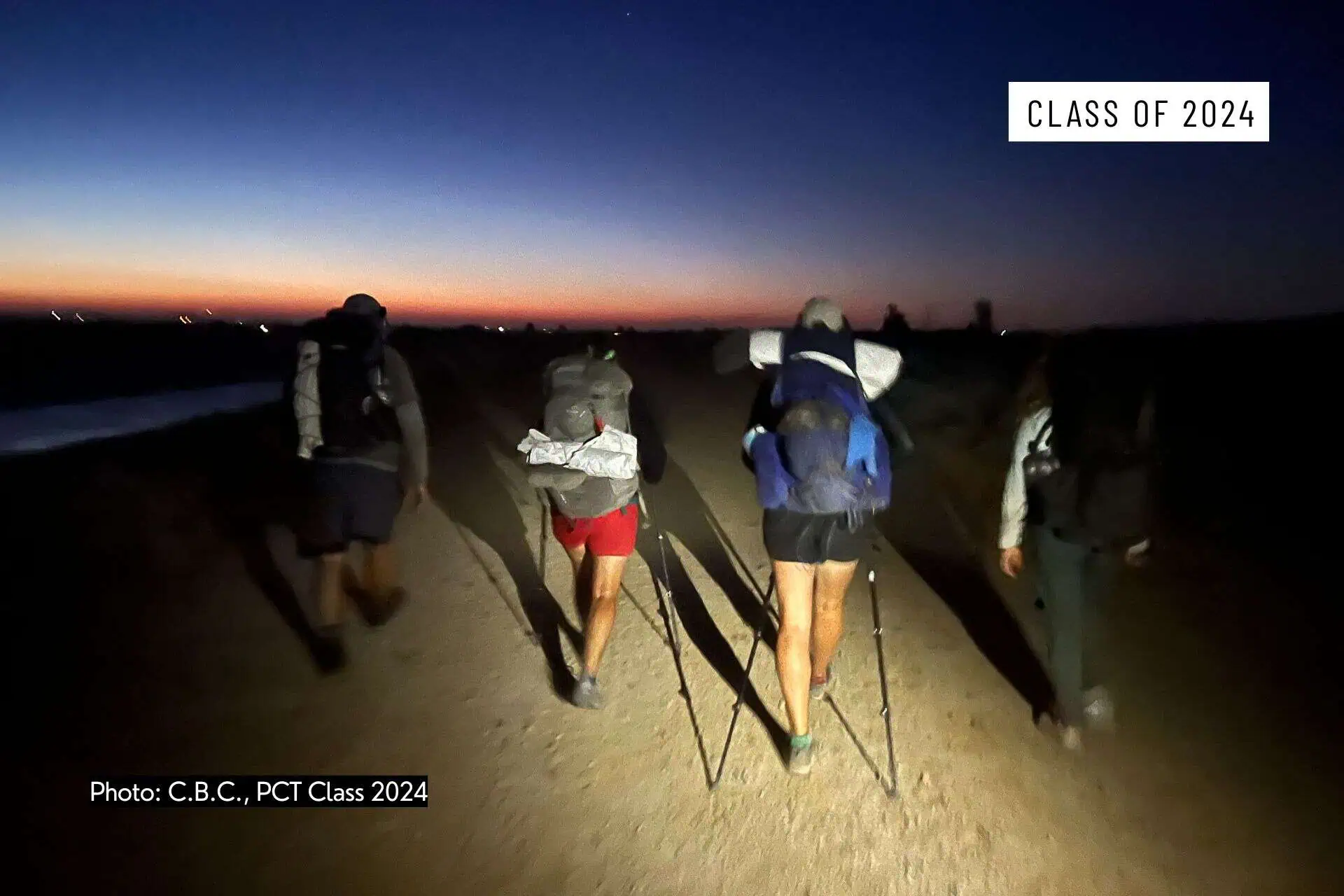
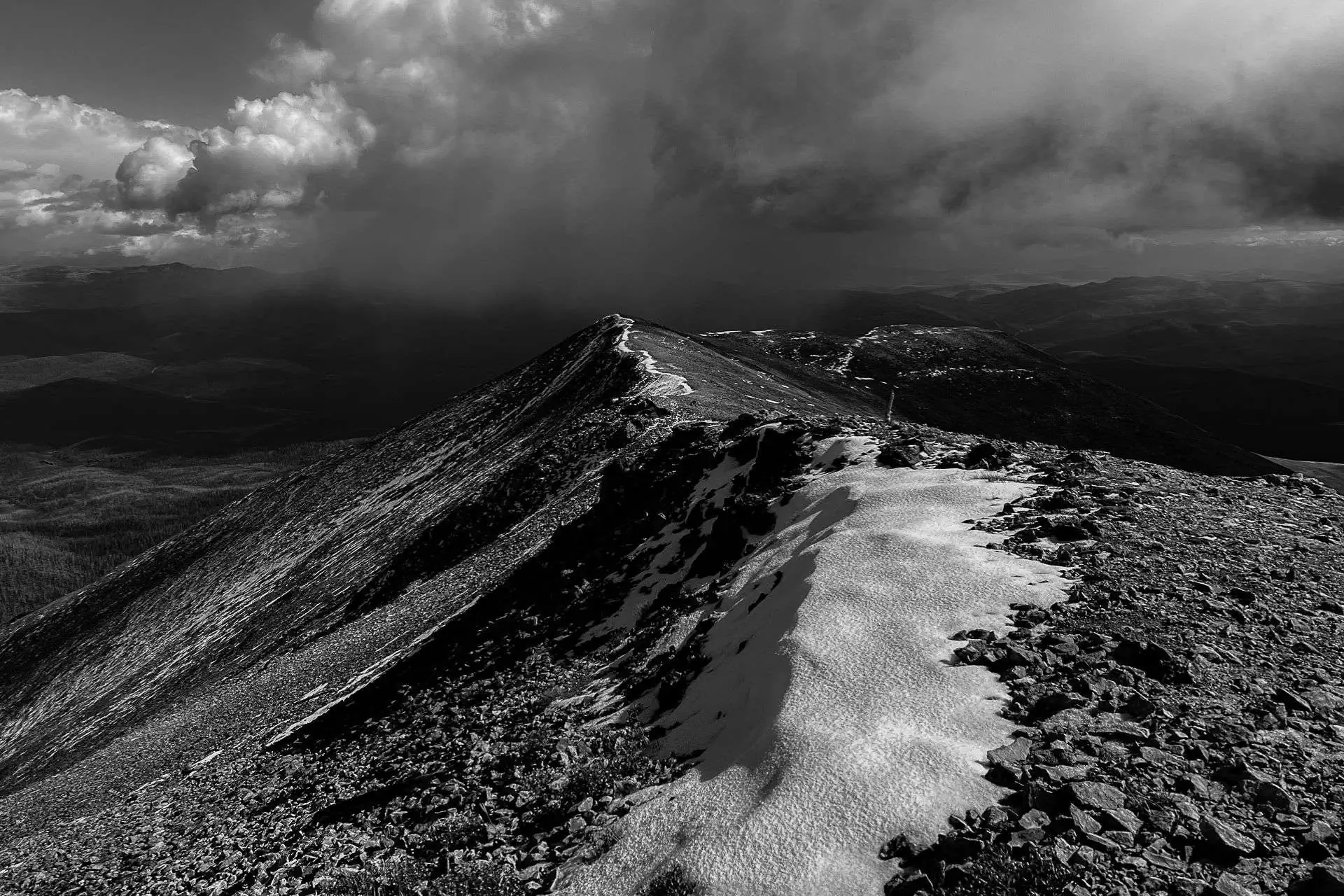
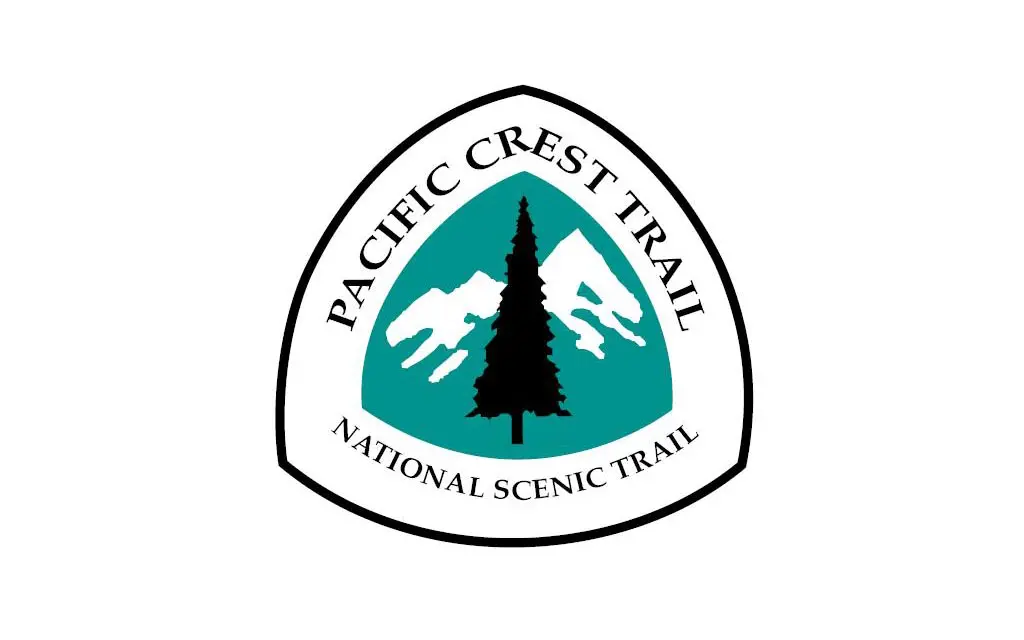
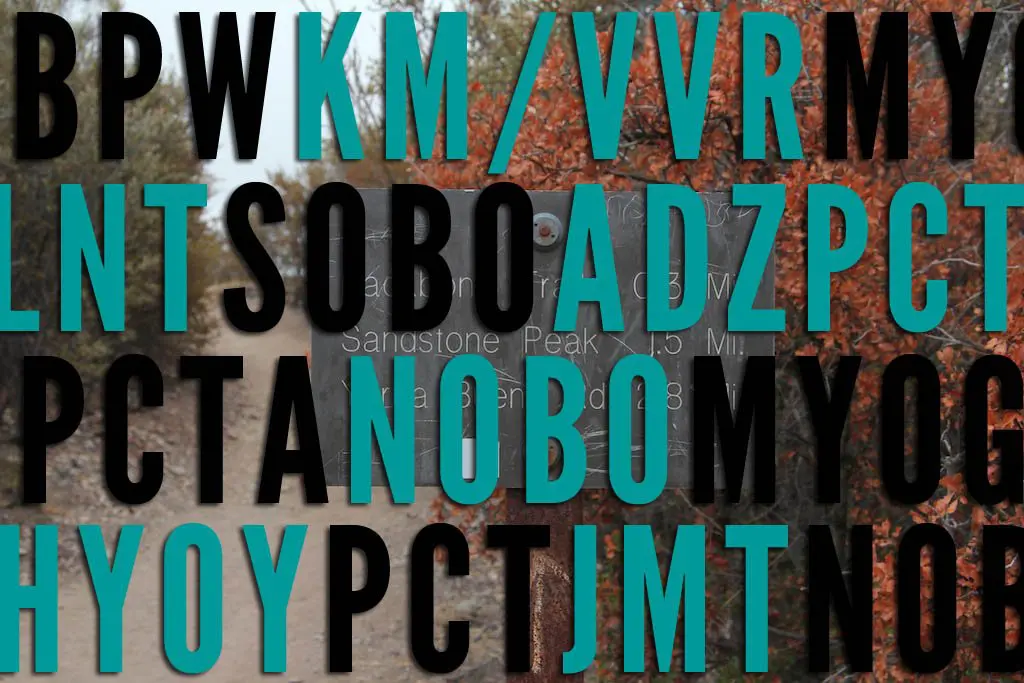
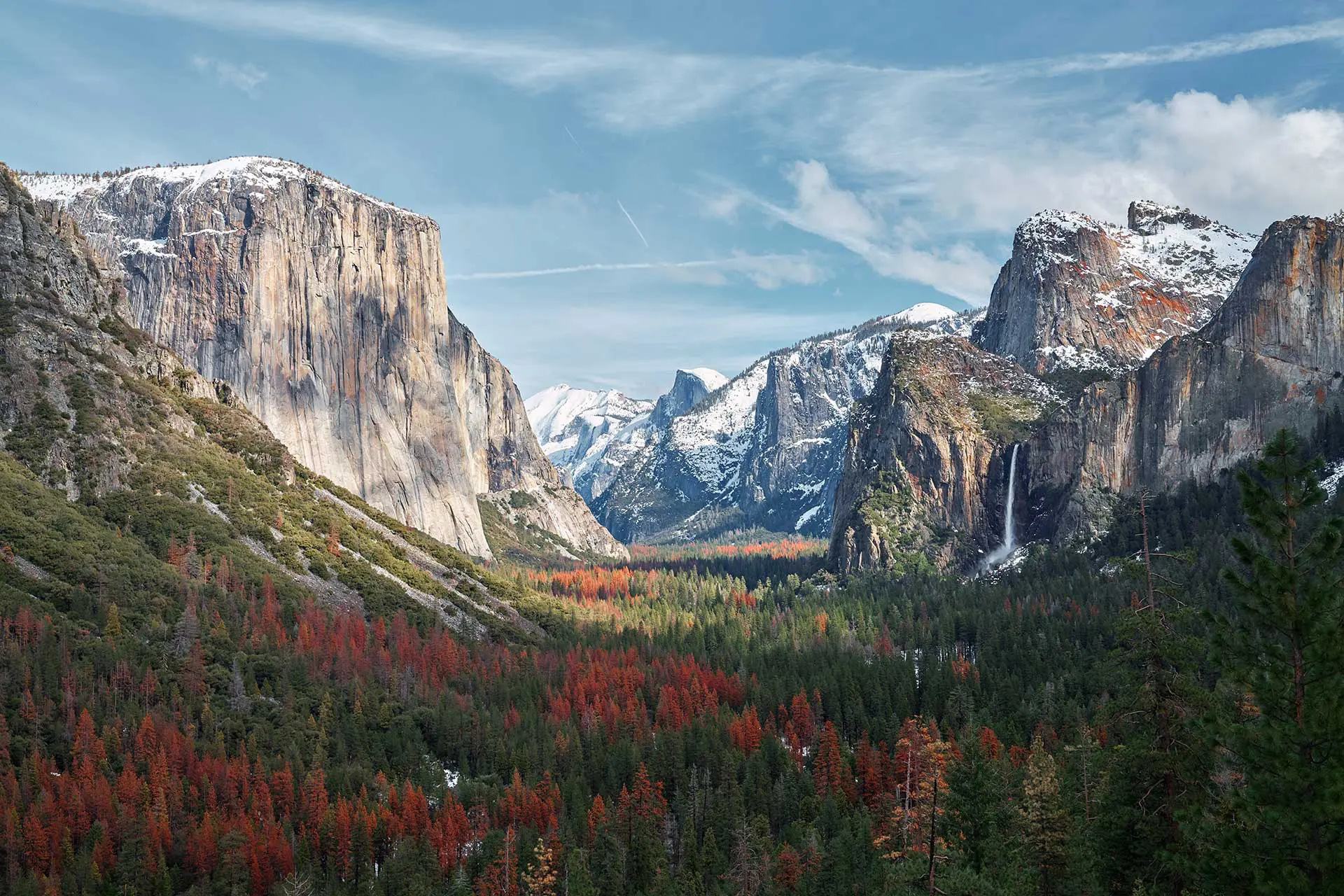
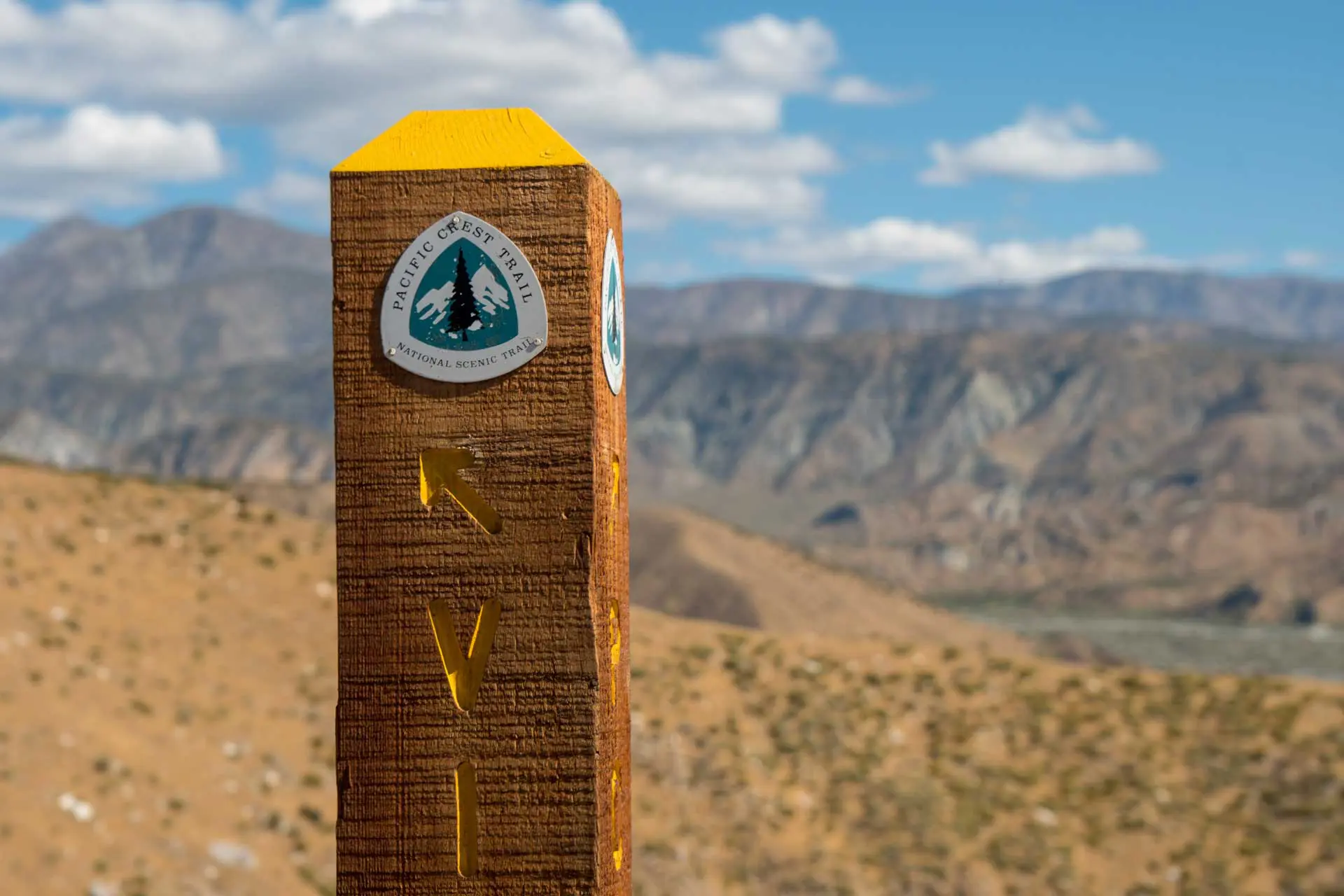
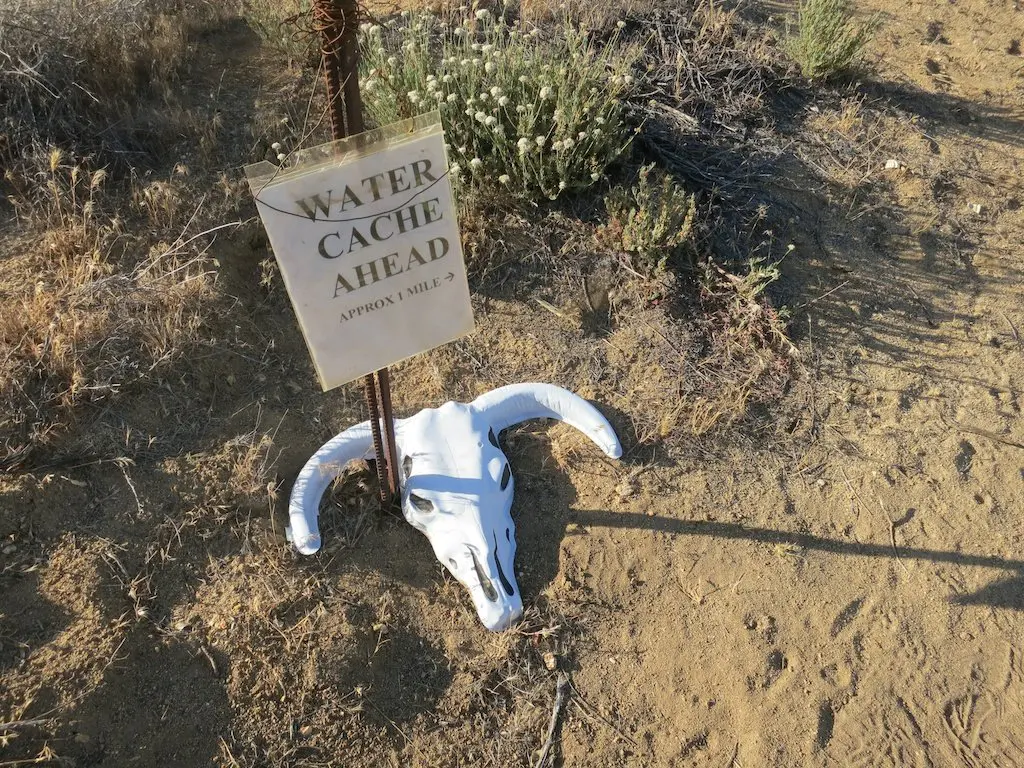
Three thoughts. One – thank you for doing this. If we don’t know about it, we can’t do anything about it and people’s anecdotes/stories are always informative. Two – this comment “Word of this hiker went up the trail for weeks, with people posting his whereabouts.” – I wonder where people are posting these things? Would be nice to know how to get info like this on trail, just in case. Three – while most people are probably not the bigots described in these stories, we can all do more to be anti-racists, anti-bigots. We can have some courage to speak up when someone is saying something hurtful or mean or bigoted (all the same thing). If you’re courageous enough to walk more than 2000 miles through snow and rain and hail and lightning and dirt and blisters, good golly, can’t you see something say something to help dissuade the bigots and show support for fellow hikers? Having done anti-discrimination training at work (yeah that DEI stuff the Maga folks hate so much) here are some suggestions on how to intervene.
First, consider how to be an active bystander. Just google bystander intervention. There are trainings, web pages, yada yada. All kinds of ideas for stopping the BS. Don’t let bigotry stand and spread.
Here are some phrases you could use:
Why did you say that?
I don’t see it that way.
I feel hurt when you call people names.
[Paraphrase it back.] Is that what you really mean to say?
Silence – deep silence – might transmit a message.
You probably didn’t mean it but did you know this is how it sounds?
You might not have realized what you just said.
i care about you, but I can’t accept that kind of attitude toward people.
We’re good friends but…
I know you might feel that X people do Y, but in fact…
I used to think that too but…
I know you value fairness, so I’m surprised to hear you say…
I didn’t think you were the type of person to make assumptions about people.
I always thought you were more accepting of others.
Have you ever thought about how X people feel when they face negative attitudes?
I know that’s not true because…